— Probably the best example of my needs driving the development of 3DS was when I got a job doing some rendering for Paramount’s Star Trek: Deep Space 9. Their physical special effects models, which were used for the exterior of the space station, wouldn’t be ready for months, but they needed footage of these elements to place on video monitors in the station’s security office for live-action filming. I had worked with Paramount’s Mike Okuda on physical models before, and he contacted me to see if I could create virtual, 3D graphics versions of the station exterior for these shots. I said I could, and got to work.
This was done on relatively slow machines by today’s standards, and I had a lot of work to do in a short time – Moving starfields, composited behind several shots of the station, with people moving in the windows. I had three computers in my office at this time, and rudimentary Ethernet networking. Copying the files around from one machine to another and wrangling all the data for scenes that all rendered at different rates was maddening. Then it hit me – The idea for integrated, distributed networking in 3DS. I whipped up a rudimentary networking setup where one machine could act as a master, handing out work to the other machines – And I got the job done on time despite the massive number of frames required. We polished up this network rendering mechanism for the next 3DS release!
– How did the name 3D Studio surface? Who came up with it? What about 3D Studio Max?
I had a couple of names in mind for the original product – “Paragon” was one, but I don’t think that made much of an impression on anyone. I do remember the meeting where we (Gary Yost, probably Jack Powell and I) met with some people who were from Autodesk’s marketing department and they pitched some names to us. I only remember one other than 3D Studio: “Yost”
Gary was stunned when they pitched this name – They were talking about it becoming a verb, almost like “Google” is today! I remember them saying that they could see people talking about going to “Yost a scene” or “go Yost that model”. I think we were all amazed by this; none of us were happy with it, least of all Gary.
Then they suggested “3D Studio” which we all agreed was a good direction.
After the meeting, Gary told me he was sure the “Yost” name was a smokescreen, something that they knew we’d all hate so much that the name they pitched next (the one they really wanted us to go for) would seem so much better that we’d all agree on it. I guess it worked.
3DS Max was just a natural extension of the brand, so that was a simple one. Its code name was “Jaguar” because it was built on top of our rendering engine, which we code-named “V8”.
– What was the Yost group’s dynamic like? Was it a benevolent dictatorship? A republic? A democracy?
It was probably most like an equal partnership. Everybody got to contribute their input to the feature list and final product. Typically, when we were getting ready to start on a new release, Gary would work up a feature list, based on what we were hearing from users and what the members of the Yost Group felt was important. He’d run that by us and we’d all look it over, and normally the list was reasonable – We’d break it down into tasks and these generally fell into areas that were obviously suited to one programmer or another, and they’d go on our personal task list. Sometimes things might come up on the list that probably weren’t doable in the time we had, so those would get pushed to the bottom of the priority list or dropped altogether.
– What was a typical day of work at the Yost group like? What was the office like?
This is funny, because there was no Yost Group office, per se. Gary, Jack and Dan were in the San Francisco area, but lived miles apart and I’m not even sure how often they got together. In the early years, I was in Shawnee, Kansas and worked out of my house. In 1993 I moved to Wisconsin. Later when we started on Max, we added Don Brittain (Santa Barbara, California) and Rolf Berteig (Seattle, Washington) to the team.
Periodically, I’d fly out to San Francisco for meetings at Gary’s home/office and work with the guys on design stuff for a few days, but I’d head home to do most of the work. Everything was done via phone calls and email through CompuServe in the early days, then email and ISDN service later on.
Because I was working with people two time zones away, I shifted my hours so that I started work at around 10AM and worked late into the night. It was nice because there were no “official” working hours – I worked when I wanted to and as late as I needed to.
– How important was user feedback to Max’s design at the very initial stages? At the later stages where you were flushing out the details of a design? Did you ever have to radically rethink a feature after getting user feedback?
User feedback was incredibly important, and as I mentioned earlier, Jack Powell, who handled all of our manual writing and such in the early days, really kept a close eye on our consistency between various parts of the program. With Dan and me working on separate parts of the program, it was common for us to do similar things in two different ways in the user interface, and Jack would see these right away and get us to use one common interface.
We also went through several iterations of the main interface before we settled on the final one, again thanks to Jack sitting down and actually working with the software in order to get a feel for the workflow. I remember the “command column” section of 3DS’s interface being completely reworked several times before we felt it was ready.
Jack was our original “user” and was invaluable in getting the thing uniform from the start. He actually created some of the animations on our original demo reel, which I thought was pretty cool.
– Did you participate much in the Autodesk Compuserve forums or internet webboard?
I was in there a bit, but not as much as I could have been, simply because I was so busy coding all the time! I didn’t have a lot of spare time. IIRC, Gary spent the most time talking to users and getting the feedback on features.

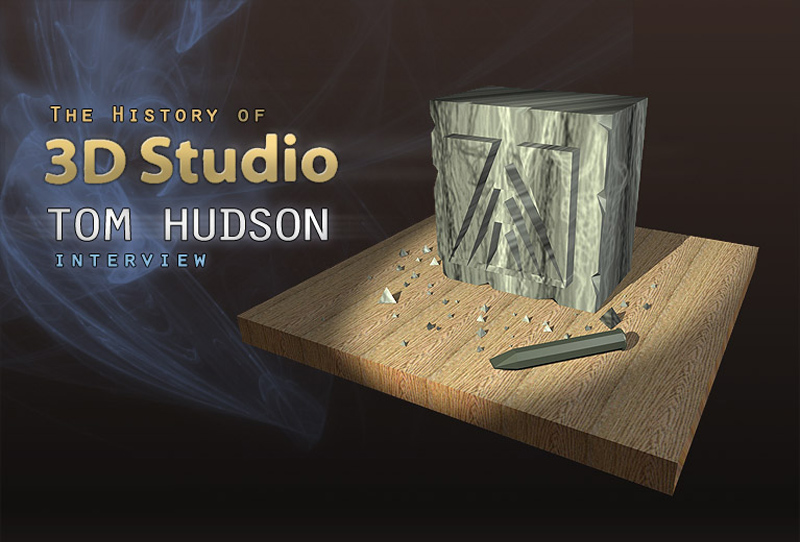
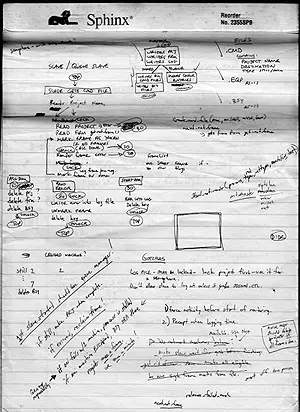
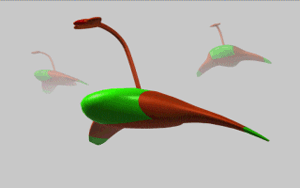


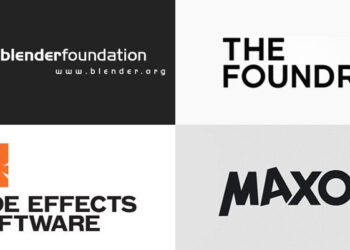
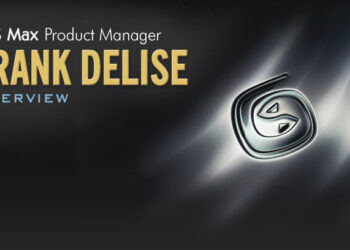


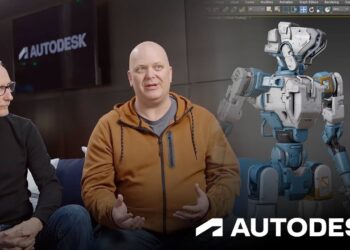

Thanks so much for getting this article out.
It’s such a pleasure reading about the history of my software and the people behind it.
Always the best to you
b
Fantastic interview – I really enjoyed reading Gary’s perspective!
Excellent article and a great piece of 3DS history, which in turn in a piece of “our” history for many of us.
Many thanks for all the good words! This has been one of the most enjoyable projects we’ve had at MU. It’s great to see you enjoyed so much reading the articles too.
PS: Consolidated threads. Now all comments go to the same place. Makes mores sense. 🙂
Really interesting article. I’ve been using max for about 10 years and it’s good to know its origins!
Cheers
hmmmmm., it seems that my cg idol Alex Roman has a part in cg history. it inspired me everytime i saw his name.
I am user “3d Studio” from the DOS version 1.
Unfortunately, in recent years 3dsmax does not bring ,more magic (or stars in your eyes) …
We no longer distinguish the difference “3Dstudio Design” for architects.
Where is the 3dsmax for “artist” … ?
More and more users are moving towards “Modo”, “Houdini”, “Blender” …
Faster, lighter, and modern … it makes me sad …. but Autodesk does NOT move.
“The Foundry” and other Society… use this situation with intelligently ….
3ds max my my favorite soft!
Working with it since version Discreet 3dsmax 5!
Superb, excellent and fantastic for us to read!
I still have my R1 Manual, with the handle, to show students at LiU in my lectures….. 😊
Michael